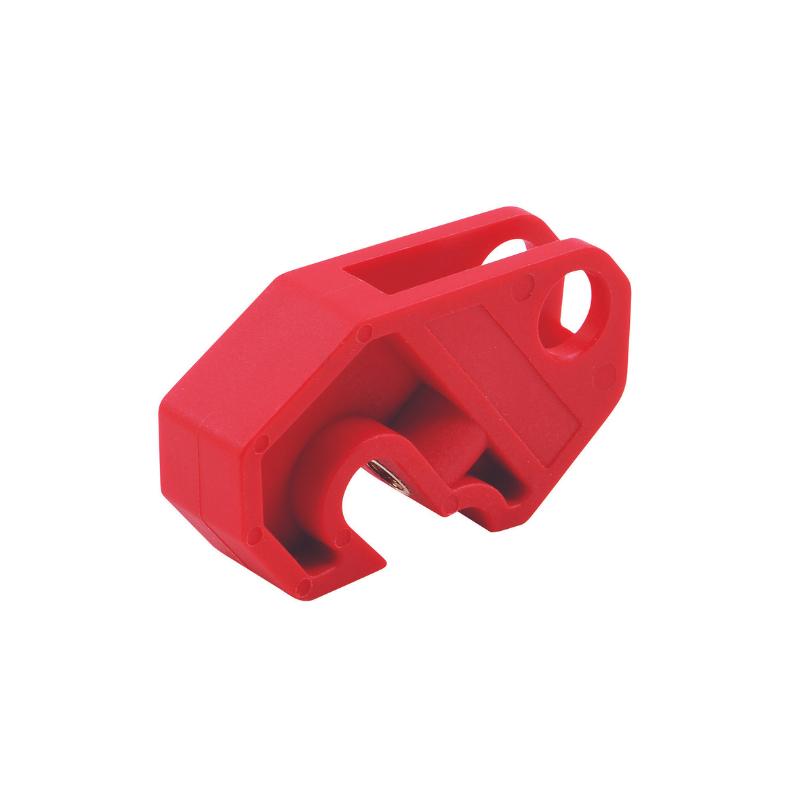Lockout Tagout (LOTO) is an important safety procedure used in workplaces to ensure that equipment or machinery is shut down and cannot be started up again until maintenance or servicing work has been completed. A crucial component of LOTO procedures are lockout hasps, which prevent equipment from being powered on accidentally or intentionally while maintenance work is being done.
At The Lock Box, we are a market leader in Lockout Tagout solutions, providing quality products and solutions to meet our customers' needs. Our range of products caters to all LOTO requirements, from safe isolation of valves, pneumatic airlines, circuit breakers, and more. Let's take a closer look at how lockout hasps work and why they are essential for workplace safety.
How does a steel lockout hasp work?
A steel lockout hasp is a device used to secure equipment that needs maintenance or servicing. It consists of a metal loop with several holes and a clasp that can be secured with a padlock. The hasp is attached to the equipment, and each worker performing maintenance or servicing can secure their padlock onto the hasp to prevent the equipment from being powered on.
Here's how to use a steel lockout hasp:
- Identify the equipment or machinery that requires maintenance or servicing.
- Ensure that the equipment is shut down and cannot be started up again.
- Place the steel lockout hasp through the lockout point on the equipment, and secure it with a padlock.
- Each worker performing maintenance or servicing can add their own padlock to the hasp, ensuring that the equipment cannot be powered on until all locks are removed.
Steel lockout hasps are reliable and durable, providing a secure solution for workplace safety.
How does an electrical lockout hasp work?
An electrical lockout hasp is a device that provides a secure and convenient solution for isolating energy sources in electrical equipment. It has a flexible cable that can be threaded through small spaces and locked in place using a padlock. The electrical lockout hasp can be used to prevent accidental or intentional energization of electrical circuits.
Here's how to use an electrical lockout hasp:
- Identify the energy source that requires isolation in the electrical equipment.
- Ensure that the equipment is shut down and cannot be powered on again.
- Thread the flexible cable of the electrical lockout hasp through the lockout point on the equipment and the energy source that requires isolation.
- Secure the electrical lockout hasp with a padlock, preventing accidental or intentional energization of the electrical circuit.
Electrical lockout hasps are a convenient solution for isolating energy sources in electrical equipment, making them essential for workplace safety.

What are lockout hasps for?
Lockout hasps are an essential component of LOTO procedures in industrial settings. They are used to secure equipment and prevent it from being powered on during maintenance or servicing work. Lockout hasps can be used for a variety of equipment and machinery, including:
- Valves
- Pneumatic airlines
- Circuit breakers
- Electrical equipment
- Machines with multiple energy sources
By using lockout hasps, workers can ensure their safety while performing maintenance or servicing work, preventing accidents and injuries.
We offer a wide range of lockout hasps to meet all LOTO requirements. Our products are durable, reliable, and provide a secure solution for workplace safety.
Conclusion
Lockout hasps are a critical component of LOTO procedures, ensuring that equipment cannot be powered on while maintenance or servicing work is being done. Steel and electrical lockout hasps provide a secure and convenient solution for workplace safety, making them an essential tool in



